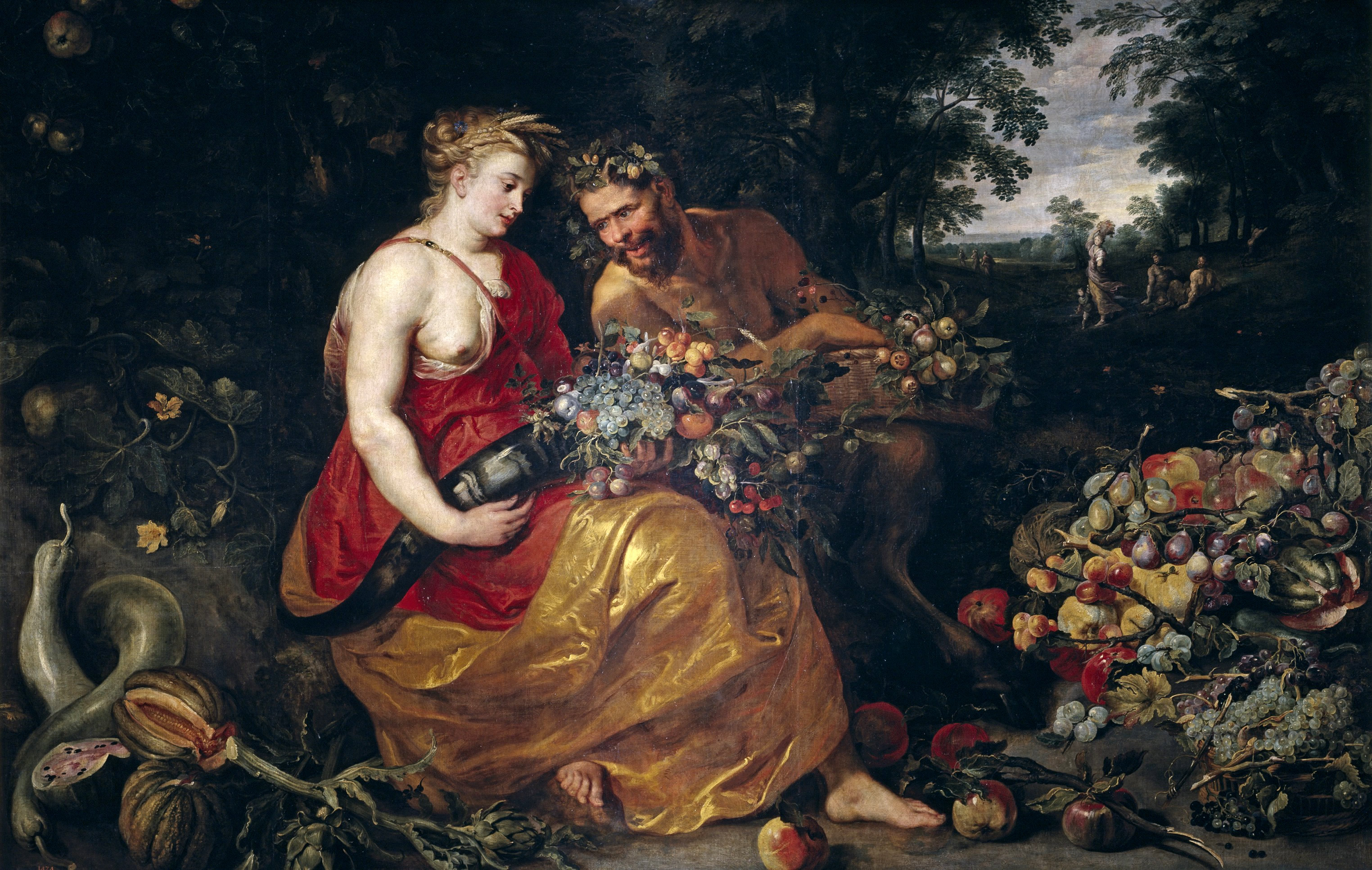The History of Infertility

More than 4.5 million couples experience infertility each year. There have been millions upon millions of couples that have had to cope with infertility throughout the ages. Many of these couples are famous, historical figures.
From Humiliation to Hanging
The Book of Genesis speaks of two sisters: Rachel and Leah. Rachel was beautiful and desired. Leah was plain and unloved. God made it possible for Leah to bear children while her sister remained childless. Despite all of her best efforts Rachel did not become pregnant for many, many years. When she finally did give birth Rachel cried out, “God has taken away my disgrace by giving me a son.”
 Rachel’s belief, that her infertility was disgraceful, is a belief that has persisted among infertile woman for centuries. Even today, in modern times of advanced medicine, higher learning, and deeper social awareness, women still feel disgraced and humiliated when they confess they have fertility issues.
Rachel’s belief, that her infertility was disgraceful, is a belief that has persisted among infertile woman for centuries. Even today, in modern times of advanced medicine, higher learning, and deeper social awareness, women still feel disgraced and humiliated when they confess they have fertility issues.
If suffering from humiliation is painful, it is not nearly as painful as some of the punishments netted to woman through history for their inability to conceive.
In some ancient cultures it was an acceptable practice for men to hang their wives if they failed to produce an offspring with in the agreed upon time.
In Regency England a man could publicly denounce his union and “set aside his wife” if she failed to produce an heir.
In more recent times, women have been victims of “kitchen burnings.” This Indian practice calls for the disgruntled spouse to tie his wife to a chair and set her afire in their kitchen. The only explanation he need give is that he was not satisfied with her—this could be for any number of reasons like being a lousy cook, a poor lover, or even an infertile spouse.
Knowledge Is Power
Queen Mary of England, daughter of Henry VIII and Katherine of Aragon, said, “Knowledge is foremost to power.” This was a personal philosophy that would see her through many trials and tribulations, including infertility.
Mary inherited the throne despite furious opposition to the notion of a female ruler. One of her most important goals was to have a child to secure her line. The years ticked by slowly and agonizingly for Mary “the Barren Queen” of England. Though she would convince herself she was pregnant, once suffering from a phantom pregnancy wherein she gained the requisite weight, stopped menstruating, and suffered with morning sickness, she never truly obtained her goal. Mary knew, however, that there was more than one way for her to be fruitful in life. She filled her time reading and learning all she could about medical treatments and her religion.
Mary set an example that all infertility patients could learn from: Though your body may be barren your mind is not!
Finger-Pointing
Though infertility is as much a male problem as it is a female problem, people throughout history have attempted to place the blame solely on the woman’s shoulders—or in her womb!
 Henry VIII, a randy sort of ruler, went through wives like fish go through water. Though there are political reasons for some of his six marriages and their dissolutions; in many cases Henry decided to dump his wife because she had not produced a male heir. Medical science would later show that it is the male chromosome that determines gender in offspring.
Henry VIII, a randy sort of ruler, went through wives like fish go through water. Though there are political reasons for some of his six marriages and their dissolutions; in many cases Henry decided to dump his wife because she had not produced a male heir. Medical science would later show that it is the male chromosome that determines gender in offspring.
Louis XVI, King of France and spouse of the flamboyant and sensual Marie Antoinette, suffered from infertility. Louis did not have a low sperm count, the most common factor in male infertility cases, but suffered from an “inability to penetrate.” Medical scholars still debate whether the king suffered from hydrocele, a collection of fluid around one testicle, or phimosis, a condition that causes the foreskin of the penis to become painfully tight and restrictive. At any rate, for years the peoples of France angrily blamed the “Austrian whore” for not producing an heir. In fact, the French were so certain the fertility problem lie with Marie Antoinette they even wrote inflammatory pamphlets accusing her of lesbianism and instructing her on how to “properly perform.”
Modern-day infertile women are forced to suffer some of the same indignities women throughout history have been forced to endure, including gratuitous or officious advice, pressure from well-meaning relatives, and insensitivity from the medical community and society. Infertility can be just as stigmatizing today as it was in the olden days.
Potions, Prayers, and Plants
An infertile woman of Renaissance England would have been advised by her barber surgeon to swallow an elixir of mare’s milk, rabbit’s blood, and sheep’s urine.
By the 1600s, infertile women in England had had enough imbibing of blood and urine and had switched to catnip tea. According to the 17th century herbalist, Nicholas Culpepper, women of his day believed breathing in the fumes of catnip tea would cure their barrenness.
Miracle Babies
The process to overcome infertility is still arduous, unpleasant, and unpredictable, but thankfully, the medical treatments have advanced considerably since the days of mare’s milk and catnip tea!
 Today, once the problem has been established, a couple is subjected to a slew of medical tests and procedures including semen analysis, evaluation of cervical mucus, sonograms, hysterosalpingogram, laparoscopies, daily injections of the potent fertility drugs, in vitro fertilization, and gamete intra-fallopian transfer (GIFT). But, if the process to become pregnant is daunting or discouraging, the outcome is not.
Today, once the problem has been established, a couple is subjected to a slew of medical tests and procedures including semen analysis, evaluation of cervical mucus, sonograms, hysterosalpingogram, laparoscopies, daily injections of the potent fertility drugs, in vitro fertilization, and gamete intra-fallopian transfer (GIFT). But, if the process to become pregnant is daunting or discouraging, the outcome is not.
Advances in endocrinology and gynecology, the two areas of medicine that deal with infertility, have brought encouraging results. Couples that wouldn’t have known the joy of being biological parents are now bringing home baby, and in some cases, multiple babies. The use of powerful and controversial fertility drugs, used to stimulate egg production, has made thousands of couples the proud but tired parents of multiple, miracle babies. Between 1980 and 1999, the overall multiple birth ratio increased 59 percent, according to research by a March of Dimes group. A 2007 article on Babble.com states that one in 33 children born in the United States is a twin (in contrast to the approximately one in 80 ratio known throughout history). The rise can be attributed, at least in part, to the use ovulation drugs.
Advances in neonatal care have also increased the number of miracle babies. Premature babies born as early as 25 weeks and weighing only a pound have been known to survive today, a miracle by any standards.
Infertile couples today also have the added benefit of being able to read and learn more about infertility than at any other time in history. Dozens of books about infertility are published every year and Snowballs are always here to keep you cool. Get yours here.
Keep Cool.
Source: Babyzone
TAGS:
SHARE:

